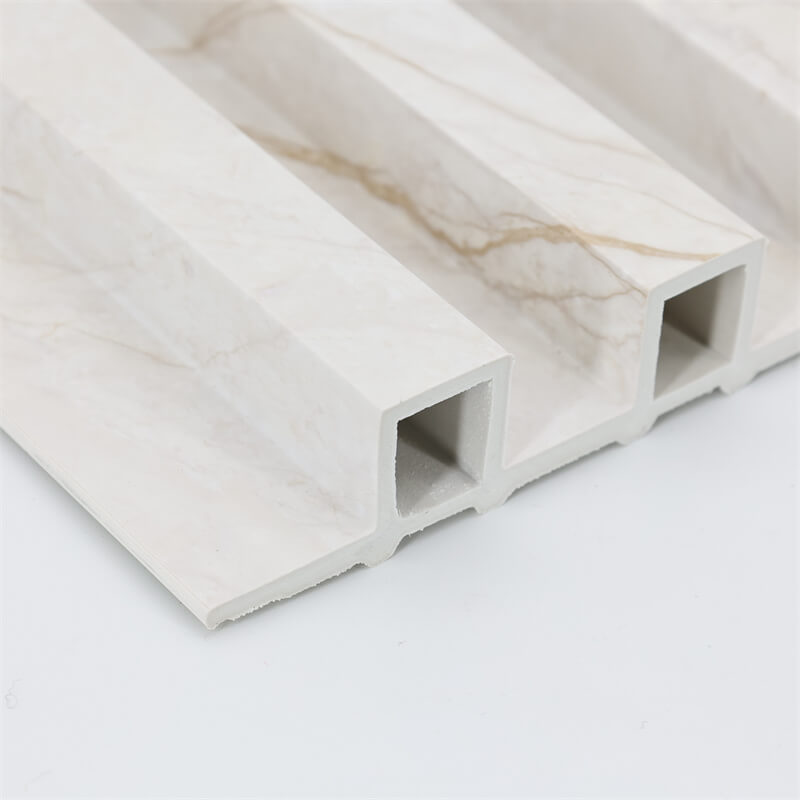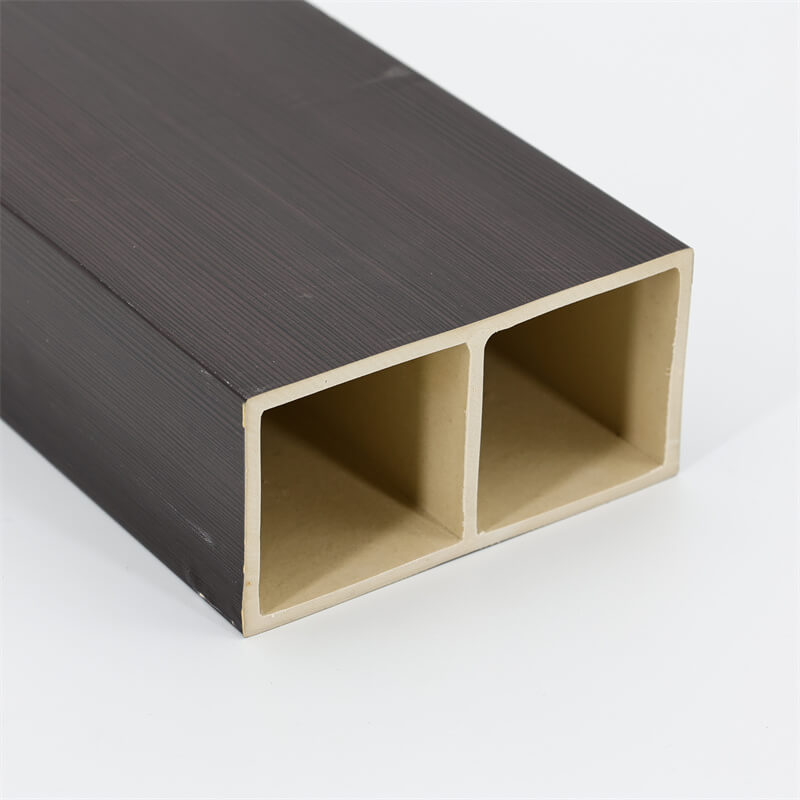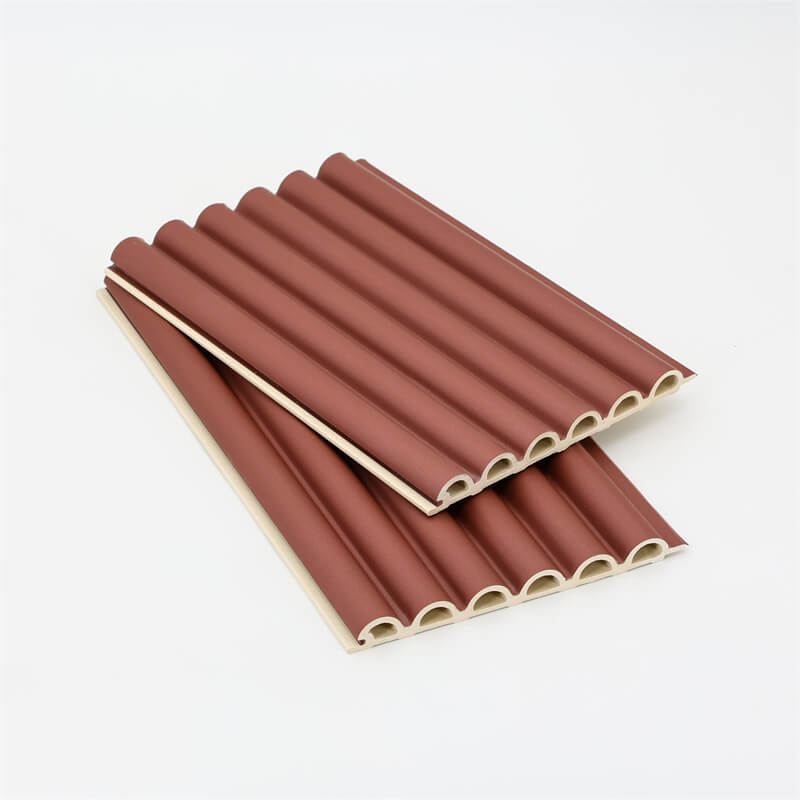
When it comes to interior design, the walls of a space play a crucial role in setting the tone and creating a lasting impression.
While traditional paint and wallpaper have long been popular choices, an increasingly popular and bold option is WPC (Wood-Plastic Composite) wall panels.
These innovative panels offer a unique blend of aesthetics, durability, and versatility, making them a favorite among designers and homeowners alike.
In this article, we will explore the world of WPC wall panels, discussing their benefits, the process of manufacturing, finding a reliable supplier, and considerations for pricing.
Understanding WPC Wall Panels
WPC wall panels are made from a combination of wood fibers and thermoplastics, resulting in a durable and long-lasting material.
These panels offer an array of advantages over traditional wall coverings, making them an appealing choice for those who want to make a bold statement in their interior spaces.
One of the key benefits of WPC wall panels is their exceptional durability.
Unlike paint that may chip or wallpaper that can peel over time, WPC panels are highly resistant to wear and tear.
They can withstand heavy impacts, scratches, and even moisture, making them ideal for areas with high foot traffic or rooms that are prone to humidity, such as bathrooms and kitchens.
In addition to their durability, WPC wall panels are also known for their versatility.
They come in a wide range of colors, patterns, and textures, allowing homeowners and designers to unleash their creativity and achieve various design aesthetics.
Whether you’re aiming for a sleek and modern look or a rustic and natural ambiance, WPC panels can effortlessly enhance the visual appeal of any space.

The Manufacturing Process
To ensure the quality and reliability of WPC wall panels, it is essential to understand the manufacturing process involved.
The panels are typically manufactured in specialized factories that have the necessary equipment and expertise in working with WPC materials.
The manufacturing process begins with the selection of high-quality wood fibers, which are sourced from sustainable forests.
These fibers are then mixed with thermoplastics, such as polyethylene or polypropylene, in precise proportions.
The mixture is heated and extruded into flat panels of varying sizes and thicknesses.
During the extrusion process, various additives and pigments can be introduced to enhance the properties and appearance of the panels.
These additives can provide additional protection against UV rays, improve fire resistance, or add specific colors and textures to the panels.
Once the panels are extruded, they are cooled, cut to the desired lengths, and undergo quality checks to ensure they meet the required standards.
This rigorous manufacturing process ensures that the WPC wall panels are of the highest quality and can withstand the demands of different environments.
Finding a Reliable Manufacturer and Supplier
When considering the installation of WPC wall panels, finding a reliable manufacturer and supplier is crucial.
Here are some key factors to consider:
Reputation and Experience: Look for manufacturers and suppliers with a solid reputation in the industry and extensive experience in producing WPC wall panels.
Check their track record, customer reviews, and portfolio of completed projects to gauge their expertise and reliability.
Quality Standards: Ensure that the manufacturer follows strict quality control measures during the manufacturing process.
Look for certifications such as ISO 9001, which demonstrates their commitment to maintaining high-quality standards.
Customization Options: If you have specific design requirements, consider manufacturers who offer customization options.
This allows you to personalize the panels to suit your unique aesthetic preferences.
Pricing and Value: While pricing is an important consideration, it should not be the sole determining factor.
Evaluate the overall value offered by the manufacturer, considering factors such as quality, customization options, and after-sales service.

Pricing Considerations
Theprice of WPC wall panels can vary depending on several factors, including the manufacturer, panel size, design complexity, customization options, and quantity ordered.
It is essential to consider these factors when evaluating the pricing of WPC panels.
Typically, larger manufacturers with a well-established production infrastructure and economies of scale can offer more competitive pricing.
They can leverage their manufacturing capabilities and bulk purchasing power to reduce production costs and, subsequently, offer better prices to customers.
However, it is important not to compromise on quality solely to save on costs.
Cheaper options may not meet the required standards and may lead to unsatisfactory results or premature deterioration.
Balancing price and quality is crucial to ensure that the investment in WPC wall panels provides long-term value.
When discussing pricing with potential suppliers, be sure to inquire about any additional costs such as shipping, handling, or installation fees.
It is also advisable to request quotes from multiple suppliers to compare prices and negotiate for the best deal.
WPC wall panels offer an excellent opportunity to make a bold statement in interior design.
With their durability, versatility, and aesthetic appeal, these panels are becoming increasingly popular among designers and homeowners.
By understanding the manufacturing process, finding a reliable manufacturer and supplier, and considering pricing factors, you can confidently embark on your journey of transforming your space with WPC wall panels.
So, go bold and make a lasting impression with this innovative and stylish wall covering solution.
